Rehabilitation After Hip Fracture
Hip fractures
hip fracture , It can occur at the rounded upper end of the thighbone, just below the head (neck) of the narrow part of the thigh, or in ridges in the larger area just below the neck.
Hip fractures usually occur in the elderly and usually occur in people with osteoporosis (bone loss) after a minor fall.
Usually, moving the affected leg (standing and walking) causes severe pain.
Doctors confirm the diagnosis with X-rays or sometimes other imaging tests.
Surgery is usually done to repair the hip or sometimes to replace the joint.
Rehabilitation in hip fracture
From hip fracture surgery Afterwards, physical therapy and rehabilitation is started as soon as possible, usually within a day.
- first target, enabling people to achieve the muscle strength they had before the fracture by keeping patients mobile and preventing loss of muscle tone
- The second target It is to prevent problems such as blood clots and pressure sores caused by bed rest.
- If the ultimate goalThe goal is to regain their ability to walk as they were able to before the hip fracture.
Correct height for walking sticks
In patients recovering from a leg injury or surgery, it is important to use a cane of the correct height.
A cane that is too long or too short can cause lower back pain, posture, and imbalance.
The cane should be held on the side opposite the injured leg.

As soon as possible, sometimes within hours of surgery, people should be encouraged to sit in a chair.
Sitting reduces the risk of pressure sores and blood clots and facilitates the transition to standing.
They should be taught to do daily exercises to strengthen the trunk and arm muscles, and sometimes exercises to strengthen the large muscles of both legs.
They are encouraged to stand on their good leg, usually with the help of another person or by holding onto a chair or bed rail, usually within the first day after surgery.
When performing these exercises, people are instructed to touch only the tips of the toes on the injured leg.
The patient is often encouraged to put full weight on the injured leg on the second day after surgery, depending on the type of fracture and surgery.
Walking exercises are started after 4 to 8 days, when people are able to carry full weight on the injured leg without discomfort and maintain a good enough balance.
Stair climbing exercises are started immediately after walking is resumed.
In addition, patients can be taught how to use a cane or other assistive device and how to reduce the risk of falling.
For several months (1-3 months) after discharge, precautions should be taken to prevent injury.
Patients should do daily exercises to strengthen the muscles of the affected leg and trunk.
It is recommended not to lift, push heavy objects or sit in a chair for long periods of time, stand or jump.
Legs should not be crossed while sitting.
Physiotherapists should teach people to do their daily activities safely while healing patients' hips.
For example, people should align their hips correctly (in the unbent position), sit on a high stool while washing dishes or ironing.
Patients should use devices with long handles (such as hairbrush, shoehorn) that they do not have to bend over frequently.
Even after the hip has healed, it is recommended to avoid certain sports and strenuous activities.
You can call us for an appointment:
0216 518 0 518
What Kind of Services Are Offered in the Paralysis Treatment Center?
Inpatient physical therapy and rehabilitation The treatment services we offer at our center are as follows:
NEUROLOGICAL REHABILITATION
- Paralysis (Stroke – Hemiplegia) Treatment
- Sağ/Sol Taraf Paralysis Treatment
- Beyin Kanaması Sonrası Rehabilitasyon
- Rehabilitation after Coagulation
- Partial Paralysis Treatment
- Rehabilitation of Brain & Spinal Cord Tumors
- Cancer Rehabilitation
- Parkinson's Treatment
- Multiple Sclerosis (MS) Treatment
- Spinal Cord Paralysis Treatment
- Ataxia Rehabilitation
- Gullian-Barre Rehabilitation
- Occupational Therapy (Ergotherapy)
- Speech Therapy
- Bedridden Rehabilitation
- Swallowing Rehabilitation
- NG’li PEG’li Hasta Rehabilitasyonu
ORTHOPEDIC REHABILITATION
- Rehabilitation After Hip & Knee Prosthesis
- Rehabilitation after Femur & Hip Fracture
- Ameliyat – Cerrahi Sonrası Fizik Tedavi & Rehabilitasyon
- Lumbar & Neck Hernia Treatment
- Fibromyalgia Treatment
- Osteoarthrit Treatment
- Rheumatoid Arthrit Treatment
- Sciatica Treatment
- Treatment of Priformis Syndrome
- Muscle Pain and Chronic Pain Treatment
- Bedridden Rehabilitation
GERIATRIC REHABILITATION
- Dementia Rehabilitation
- Alzheimer Rehabilitation
- Fear of Fall treatment
- Walking Rehabilitation
- Treatment of Balance Disorder
- Preventive Rehabilitation (Increasing Joint-Muscle Strength)
- Cognitive Rehabilitation
- Bedridden Rehabilitation
Yatılı fizik tedavi ve rehabilitasyon seans ücretleri hastanın kurumumuzda aldığı seans ve bakım hizmetine göre değişmektedir. Kurumumuzda odalarımız tek yataklı, çift, üç ve dört yataklı olarak değişmektedir. Oda fiyatlarını bizimle iletişim kurarak alabilirsiniz. Kurumumuzun şartları ile alakalı Galeriyi gezebilirsiniz.
Eksen Yatılı fizik tedavi ve rehabilitasyon merkezimizin SGK ile anlaşması bulunmamaktadır. Ücretler ile alakalı yine bizleri arayabilirsiniz.
Sağlıklı günler dileriz.


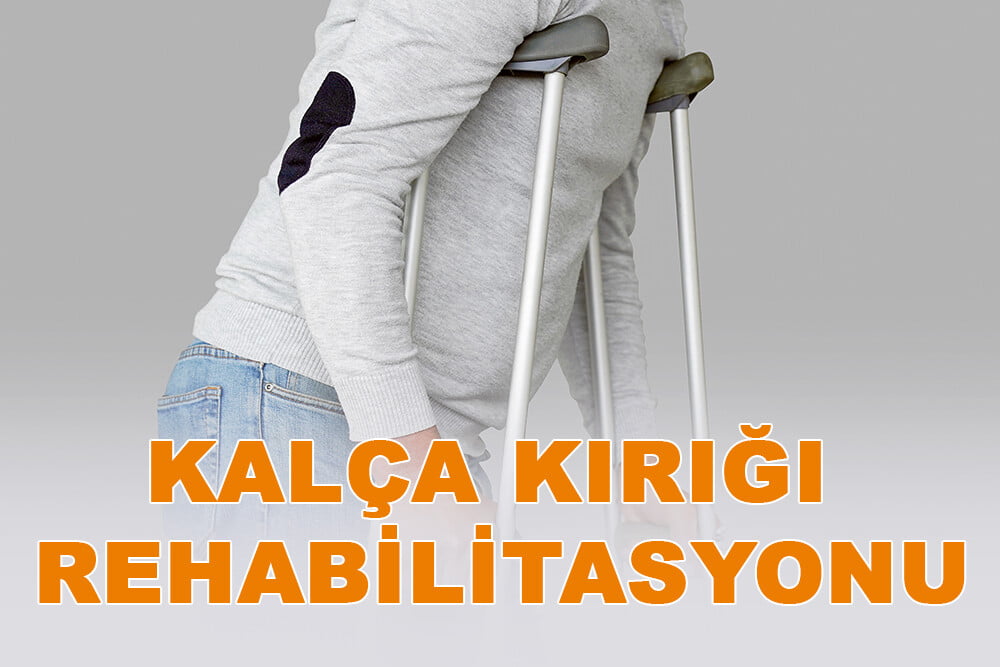
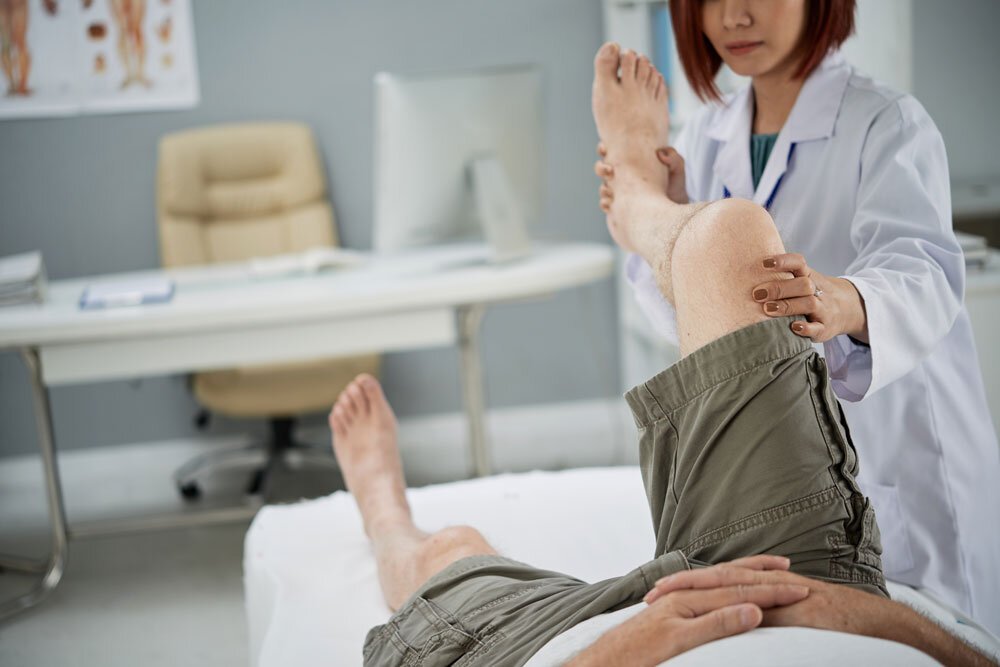
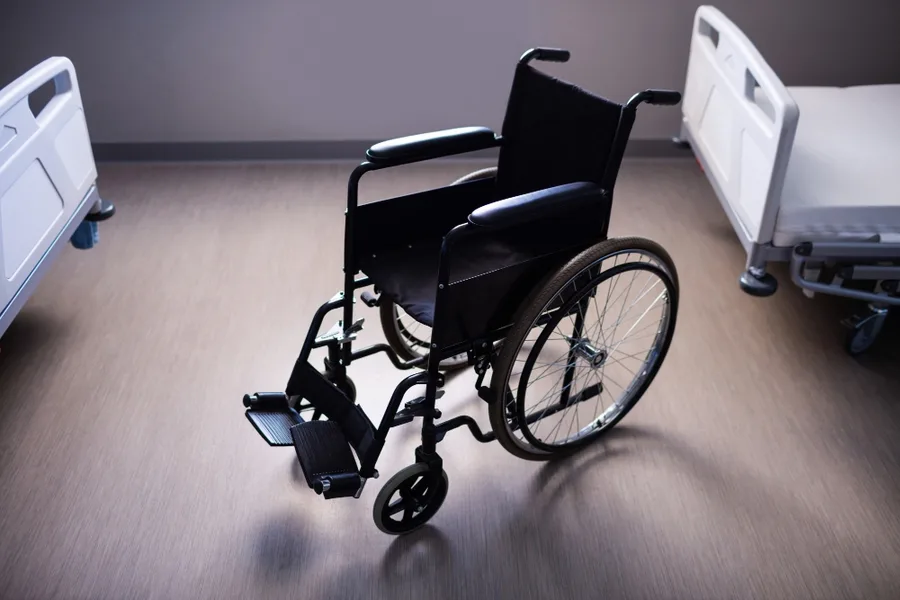
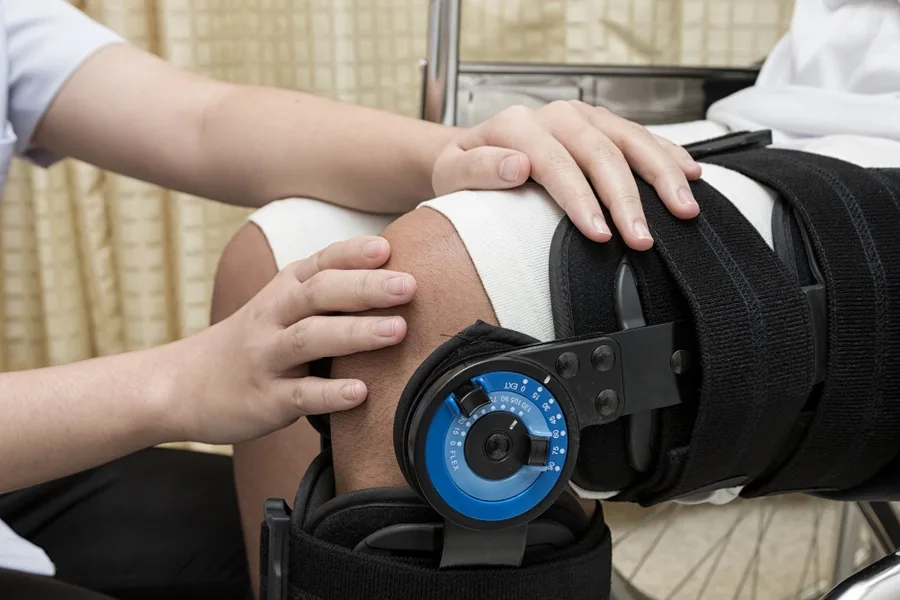
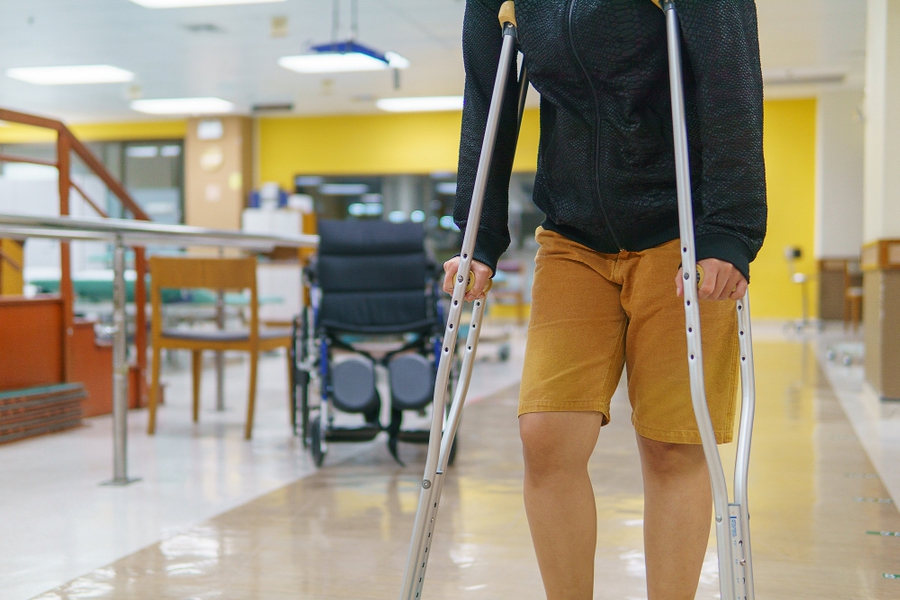
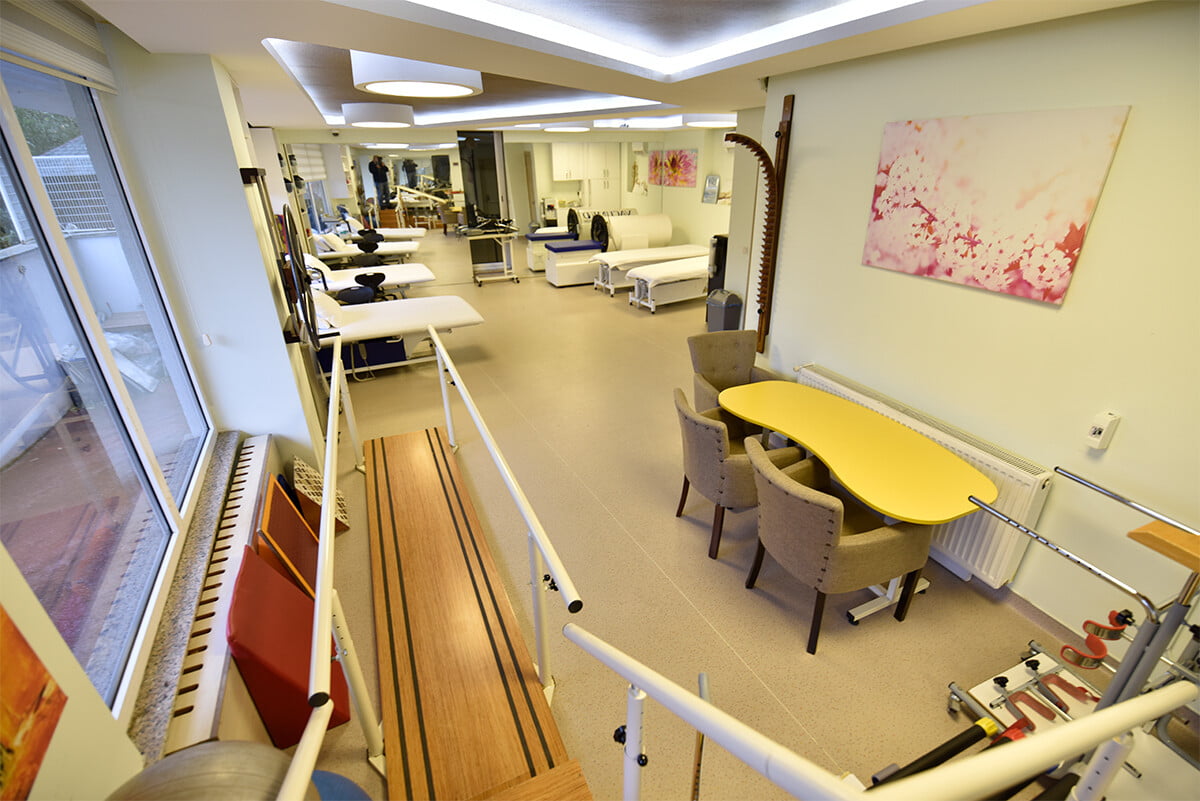
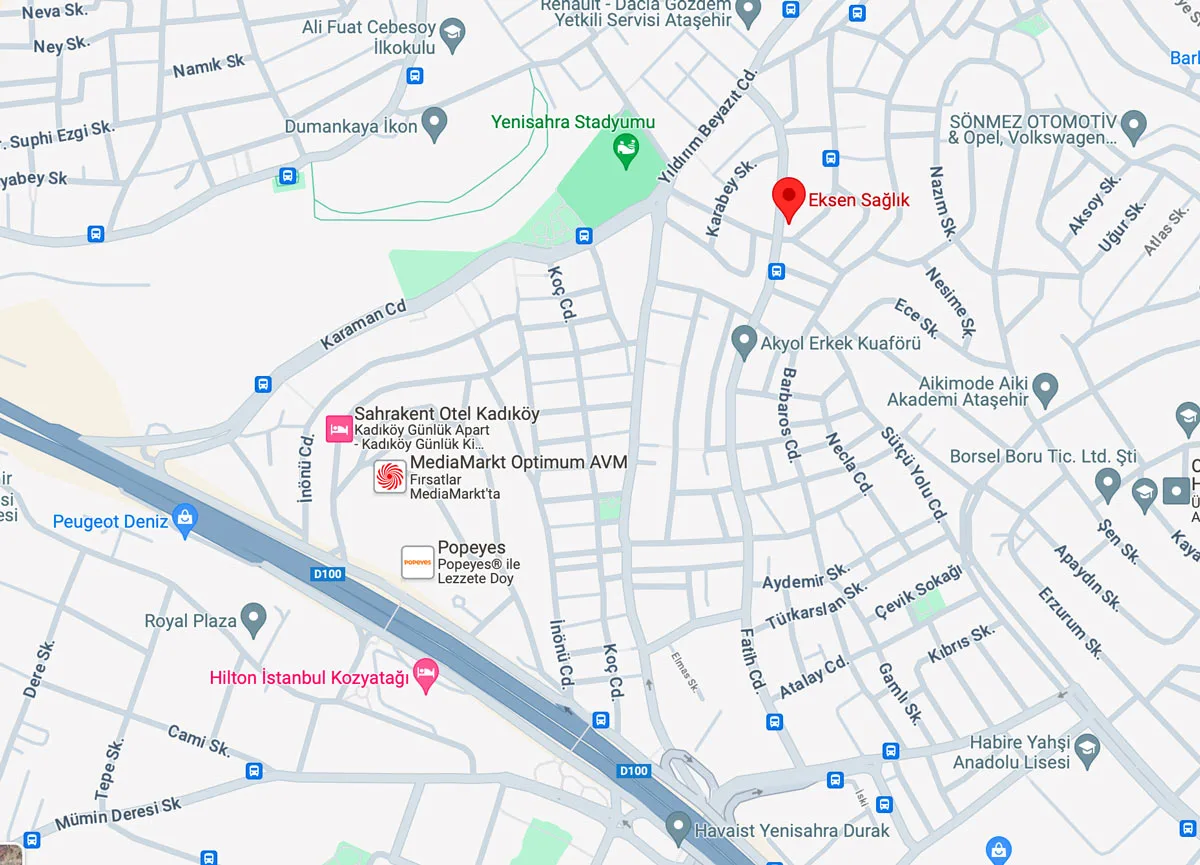
2 Replies to “Kalça Kırığı Sonrası Rehabilitasyon – 1”
Selamın aleyküm
Benim hanımım yüksekten düştü 3 kattan 7-8 ay hastaneda kaldı 2 ay fizik tedavi gördü şu an deyneklerle yürüyebiliyor çok yavaş kalça kaslarını çok güçsüz belide aynı şekilde altına yaptıgını hissetmiyor bunun için sizin hastanede tedavi görmek istiyoruz gelmeden bize bilgi verme şansınız varmı bir aylık hastane masrafları ne kadar olabilir burdaki hastane dökümanlarını isterseniz gönderenilirim almanca şimdiden teşekkür ederim iyi günler
Merhaba Mehmet bey,
Öncelikle geçmiş olsun.+902165180518 numaralı WhatsApp hattımıza hastanızın durumunu ve epikriz raporunu gönderebilirseniz ekibimiz sizlere yardımcı olacaklardır. Başka sorunuz olursa bizleri +902165180518 numaradan arayabilir veya http://eksensaglik.com/iletisim linkinden bizlerele iletişime geçebilirsiniz.